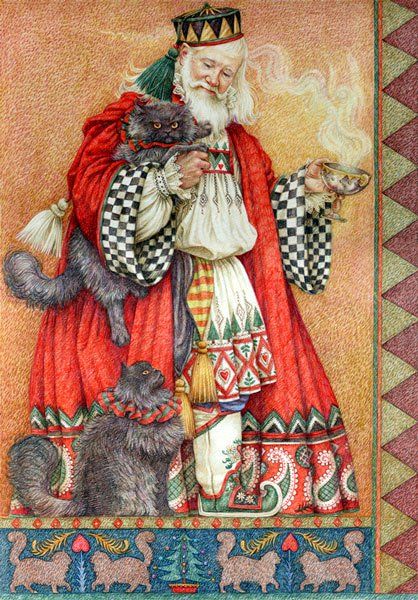 |
| Photo credit: Cimarron County, Oklahoma - A father with his 2 sons in a dust storm, 1936. Photographer: Arthur Rothstein. |
 |
| Black Sunday Storm - approaching Ulysses, Kansas on April 14, 1935. Photo credit: Historic Adobe Museum and pbs.org |
Millions of people headed west to find work, however, these migrant workers overburdened the system as they competed for jobs. Children did not attend school, and were forced to travel with their family in search of work. Many schools had closed or only offered reduced hours. People foraged for scraps of tin and wood, from which they made temporary homes. They sought shelter in old train cars, or abandoned shacks and warehouses.
 |
| Photo credit - people and places |
 |
| Photo credit: inkbluesky.wordpress |
Often times, people, like the migrant workers, only had the clothes on their back. Yet, those who were lucky enough to stay put, made due with what they had on-hand. They learned to prevent waste and re-use as much as possible. Frugality was simply a way of life and women began to utilize the cotton sacks in which flour, grain or feed was sold, to transform them into dresses, curtains, quilts, towels and even underwear for their families!
By the time the Great Depression rolled around, many women had already sewing machines in their homes. Commercial sewing patterns had been around since the mid 1800's, and I would assume that the art of sewing was not something that was "discovered", but rather the utilization of "found" material was a logical solution to growing children.
It should be noted that the trend for using sacks to transform into clothing, actually began around the mid-19th century, as manufacturers sought cheaper ways to sell their products. Prior to the manufacturing of "sacks" (for items sold in bulk such as grain, sugar, salt or flour) were sold in wooden barrels or tins, which was much more expensive. Canvas was then used, and eventually manufacturers began to utilize textile mills to produce strong-weight, yet inexpensive cotton, replacing the more expensive options.
 |
| As you can see, Life Magazine captured this photo in which a factory worker is sealing the top of a flour sack which has been printed with an actual cut out pattern for a stuffed animal! |
 |
| Another Life Magazine photo showing this gentleman amidst a variety of flour sacks, all bearing colorful prints and designs. |
When the manufacturers of these sacks began to realize that women were using not only the intended products, but its shell, they rallied and began to print textiles with both cut-out patterns, as well as a large variety of floral, kitchen and multi-colored patterns.
During this same time, many publications were developed to assist families with ideas of how to utilize the fabric, and some manufacturers of fabric used certain inks that would fade with washing, to print instructions directly on the sacks! "Sack Dresses" earned popularity not just for poor families but grew into popular fashion.
When you consider the time, it was a very kind - an almost heroic act - on behalf of the sack manufacturers, who had contributed far more than just providing a product. They brought color into otherwise dark times. At the onset of World War II, economics again forced these same manufacturers to begin to utilize paper instead of cotton and this is where the story ends.
Here are a few examples of the prints found on the colored flour sacks that were manufactured during that era:
Special thanks to Melissa B., who posted this meme on Facebook, and was the inspiration for today's post. Thanks, Missy! :)
*All images without specific credit were found on Pinterest.com















































































